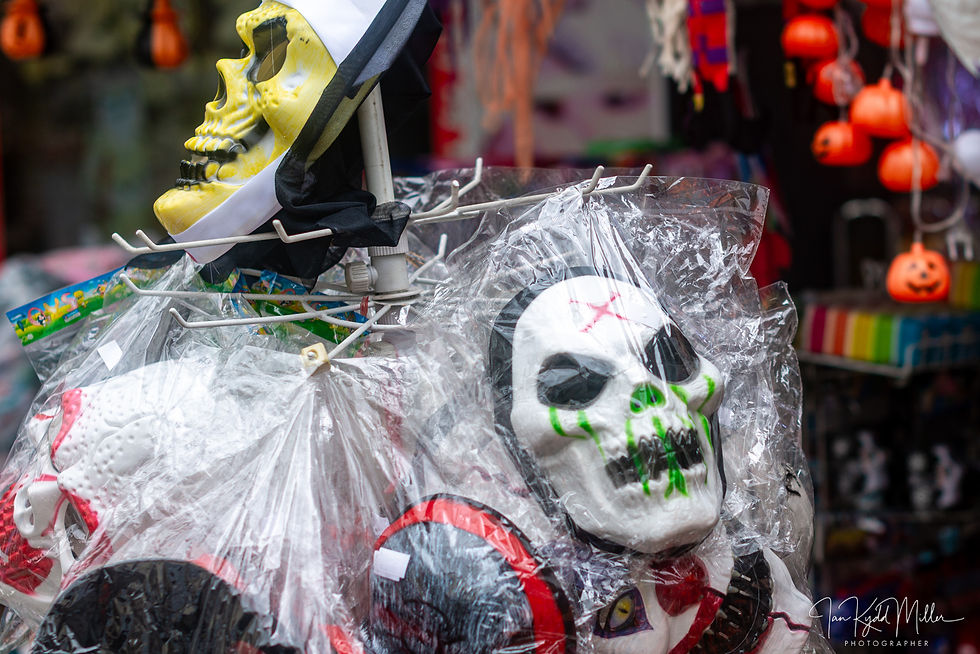🕊️ Things Worth Remembering: Your Work Can Outlive You
- Ian Miller

- Sep 22
- 2 min read
I don’t photograph to be remembered. I photograph to remember. To witness. To honour. But over time, I’ve come to realise: the images I make, the prints I hold, the stories I share—they may outlive me. And that’s not ego. That’s responsibility.
Because when your work outlives you, it doesn’t just carry your name. It carries your values.

📷 The Image as Testimony
A photograph is more than a moment—it’s a message. It says: This happened. This mattered. This person was here. And when printed, sequenced, and shared with care, it becomes part of the historical record—not just of events, but of how we chose to see them.
I’ve documented medical teams, street corners, quiet gestures of care. These images aren’t dramatic. They’re deliberate. They’re restrained. And that restraint is part of the ethics I hope to leave behind.
🧠 Teaching Through the Archive
I revisit my archive not just to remember, but to teach. To show students that photography isn’t about gear—it’s about presence. That restraint is a form of respect. That printing is an act of stewardship.
When I’m gone, I want my work to say:
He saw with care.
He printed with intention.
He taught others to do the same.
That’s legacy—not in the gallery sense, but in the human sense.
🪞 The Emotional Weight of What We Leave Behind
Legacy isn’t just about what survives. It’s about what shapes. A well-made image can change how someone sees their community, their history, their own dignity. It can offer comfort, provoke thought, or simply say: you were seen.
And that’s why I print. Because pixels fade. But pigment, paper, and presence—they endure.
🧭 Final Thoughts: What Will Your Work Say?
Your work can outlive you. Not as decoration, but as a declaration. So ask yourself—not just what am I making? But what am I leaving?
For me, I hope it’s this: That restraint is powerful. That care is visible. That memory deserves to be held.
















Comments